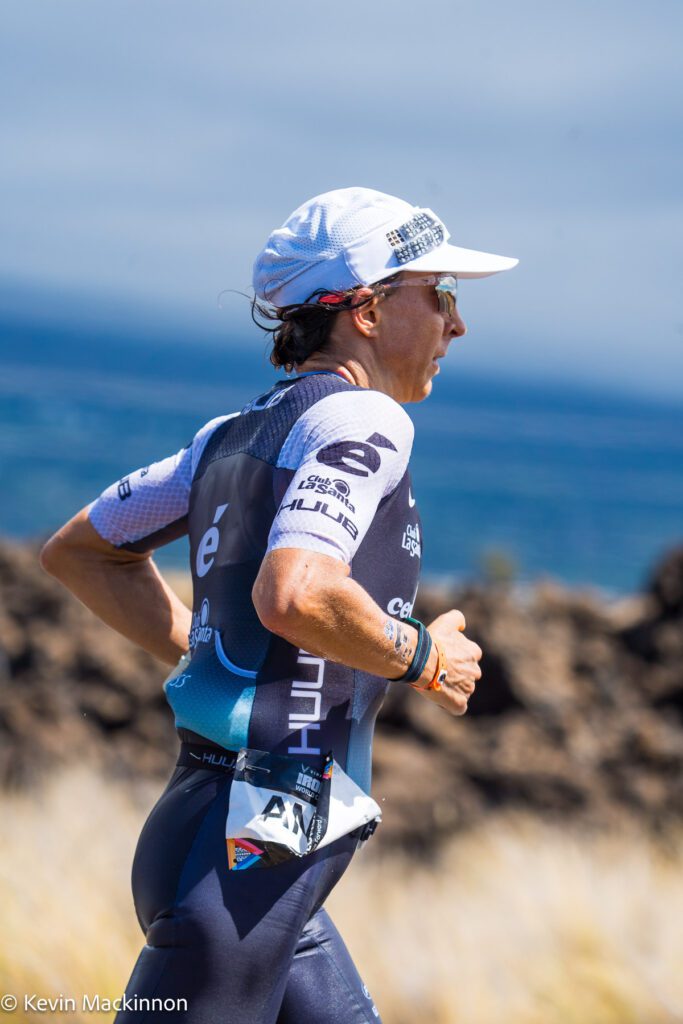Put that watch (or bike computer away) and train by feel this offseason
Take a deep breath. You can do this ... and it will be good for your training and racing

If you’d have told me when I started doing triathlons 25 years ago that an average outdoor training ride for an everyday triathlete would involve 6 or more computers (a smart phone, a bike computer, 2 power pedals, a heart rate monitor, electronic gear shifters and maybe even a car-detecting radar) I’d have thought you were out of your mind. At that point I was barely convinced that it was worth investing in a continuous HR monitor – I mean, were you ever going to really go back and look at the HR graph for your WHOLE run? Oh, how times have changed. Nowadays, we triathletes love our gadgets. If you can gadgetize it, we will buy it, use it, and graph all the data that comes from it.
I’m not here to deny that these gadgets provide value – they have certainly made my job of remote coaching athletes a lot easier. Not only because I can use the data from the devices to help understand exactly what an athlete is going through during a training session or a race, but because I can use this data to drive conversations with athletes so that they themselves can better understand what is going on during that training session or race.

Mind and body “talk”
However, I have also seen something get lost with the use of these devices. Athletes (and coaches) can defer to the computers too easily. We can let them decide how hard to work, how long to recover, when to start the next interval, what “zone” we are in and more. Although these computers are getting better and better at being right about many of these factors, the undeniable truth is that none of them are perfect representations of what is going on in our bodies nor in our minds. Their external feedback and monitoring cannot duplicate the very subtle and powerful ways – developed through millions of years of evolution – that our minds and bodies “talk” to each other. If we always rely on these devices to tell us what is going on inside our own bodies and to regulate our behaviour, we run the risk of cutting out – and therefore forgetting how to use – the inbuilt feedback systems that we were all born with.
Put away the watch
Unfortunately, given how much data these devices produce, it can be hard to ignore them, especially when we believe that performance is on the line. This is why this off season is a perfect time to put away the watch. Does it really matter what your HR was on the latest long run? Or whether you ran 12 vs. 14 km on a random Sunday in November? Will it matter to anyone in the long run if you average 5, 10 or even 15 watts higher (or lower) on some random group ride in the late fall? What if your SWOLF score is up by 1 for this next swim session? In the grand scheme of things, these won’t matter. Not when your next race is months away, and especially not when you can take the time and energy you would normally spend paying attention to your wattage, HR, pace and splits during a workout and put that attention towards the signals your body is already sending you. How hard does it feel like you are running? How tired do you feel? How smooth does your stroke feel? What muscles feel like they are most tired after a 90-min training session? Get in tune with all these qualitative feelings and you will have developed a more intuitive connection to your body. This way, when you do go back to using your devices, the information they provide will be added to the mix, instead of supplanting the internal signals of your body. All this will make you an even better athlete, integrating the digital and organic “data” after every session.
Darian Silk is a triathlon coach and Clinical Exercise Physiologist based in Toronto. Read more about Darian here or email him at darian@teamatomica.com. You can also check out his TrainingPeaks profile here.
